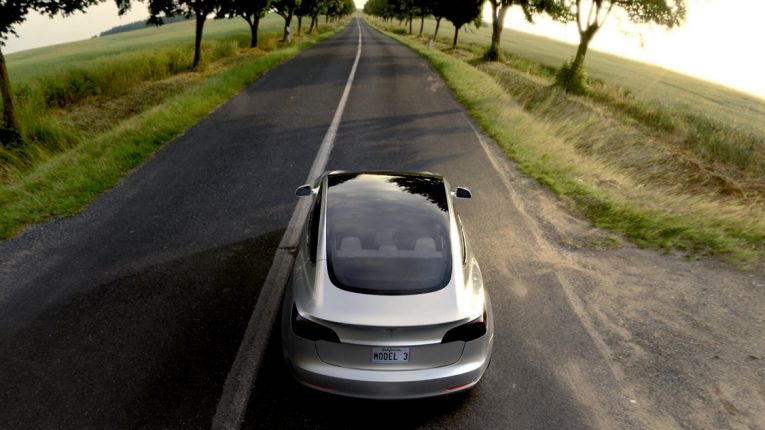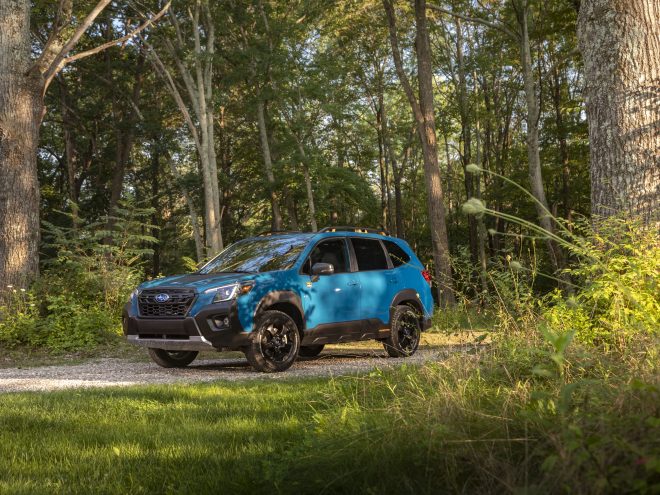
How to Maximize Your EV’s Battery Life with Proper Charging
Electric vehicles (EVs) are revolutionising the way we think about transportation. They’re eco-friendly, cost-efficient, and provide a smooth, quiet ride. But let’s face it, one of the biggest concerns for EV owners is the battery life. How can you make sure your EV’s battery lasts as long as possible? The answer lies in proper charging techniques when using one of the available EV power charging stations.
Before diving into the nitty-gritty of charging, it’s important to understand what makes your EV’s battery tick. Most electric vehicles use lithium-ion batteries, similar to those in your smartphone or laptop, but on a much larger scale. These batteries are designed to handle a high number of charge cycles, but like any battery, they can degrade over time. The key to prolonging battery life is to treat it well, starting with how you charge it.
One of the golden rules of EV battery maintenance is to avoid charging to 100% or letting it drop to 0%. Keeping your battery level between 20% and 80% is often recommended. Charging to 100% should be reserved for long trips where you need the extra range. Regularly charging to full capacity can stress the battery and reduce its lifespan. Similarly, running your battery down to empty can be detrimental.
Most modern EVs come with the option to set charging limits. Use this feature to cap your charging at 80% for everyday use. This simple adjustment can significantly extend your battery’s lifespan.
Fast charging is incredibly convenient, especially when you’re in a hurry. However, frequent use of fast chargers can generate more heat, which can degrade the battery over time. Whenever possible, opt for slower, Level 2 charging, which is gentler on your battery.
● Fast Charging (DC Fast Charging): Ideal for quick top-ups during long trips but should be used sparingly.
● Slow Charging (Level 2 Charging): Perfect for regular overnight charging at home. It’s slower but much kinder to your battery.
Batteries, like humans, prefer moderate temperatures. Extreme heat or cold can affect battery performance and longevity. Most EVs are equipped with thermal management systems to maintain optimal battery temperature, but there are additional steps you can take.
Charging in Extreme Temperatures
● In Hot Weather: Try to charge your EV in the shade or a garage to avoid excessive heat.
● In Cold Weather: Precondition your battery before charging. This means warming up your battery to an optimal temperature using the vehicle’s built-in thermal management system.
Regular Maintenance and Software Updates
Keeping your EV’s software up to date can play a crucial role in battery health. Manufacturers often release updates that improve battery performance and longevity. Regular maintenance checks are also essential to ensure that everything, from the battery to the charging port, is in good working condition.
Make it a habit to check for software updates regularly. These updates can include improvements to battery management systems, enhancing efficiency and extending battery life.
Charging Etiquette: Dos and Don’ts
To sum up the best practices for charging your EV, here’s a handy list of dos and don’ts:
● Do charge between 20% and 80% for daily use.
● Do use Level 2 chargers for regular charging.
● Do keep your EV’s software up to date.
● Do precondition your battery in extreme temperatures.
● Don’t charge to 100% unless necessary.
● Don’t let your battery drop to 0%.
● Don’t rely on fast chargers too often.
● Don’t ignore regular maintenance checks.
Using Public Charging Stations
Public charging stations are a lifesaver when you’re on the go, but they come with their own set of challenges. Knowing how to use these stations properly can help you maintain your battery’s health.
Best Practices for Public Charging
1. Plan Ahead: Use apps to locate public charging stations along your route.
2. Check Compatibility: Ensure the station is compatible with your EV.
3. Monitor Charging: Don’t leave your EV plugged in longer than necessary, especially at fast-charging stations.
As technology advances, so does the potential for longer-lasting batteries. Keeping an eye on emerging trends and adopting new best practices can help you stay ahead of the curve.
Innovations in Battery Technology
Stay informed about new developments in battery technology. Solid-state batteries, for example, promise greater energy density and longevity. Being aware of such innovations can help you make informed decisions about future vehicle purchases or upgrades.
The Role of Regenerative Braking
Regenerative braking is a feature in most EVs that allows the vehicle to recover energy during braking and feed it back into the battery. Using this feature effectively can contribute to battery health.
How to Maximise Regenerative Braking
● Use Eco Mode: Many EVs have an eco mode that enhances regenerative braking.
● Anticipate Stops: Slow down gradually to maximise the energy recovery.
Maximising your EV’s battery life with proper charging is not rocket science, but it does require some attention and care.









